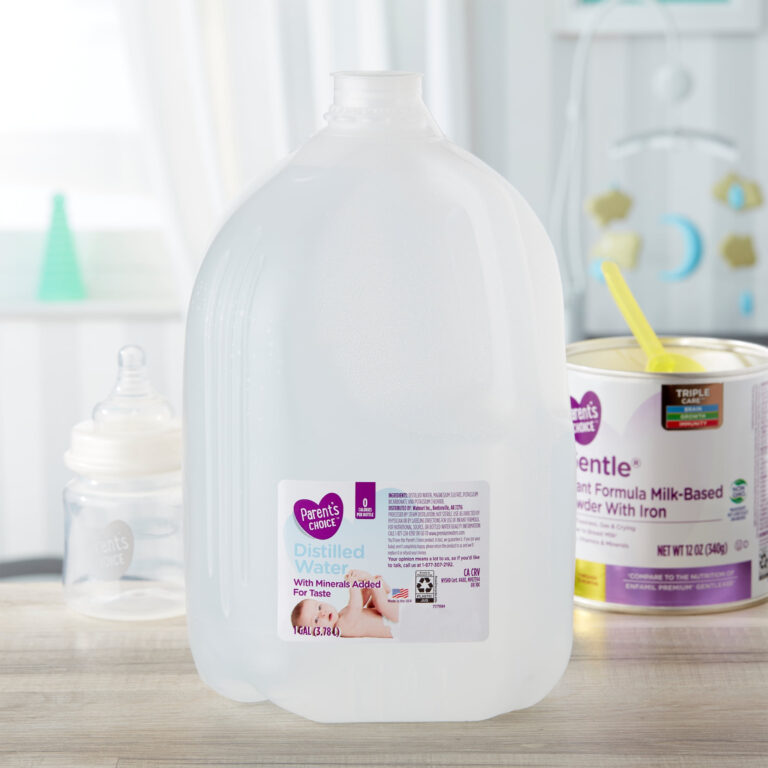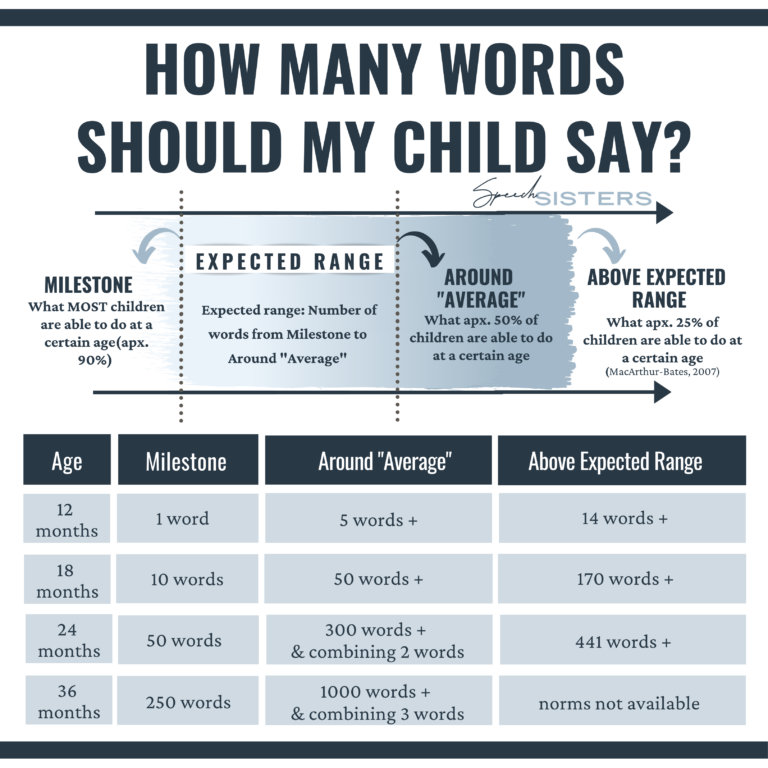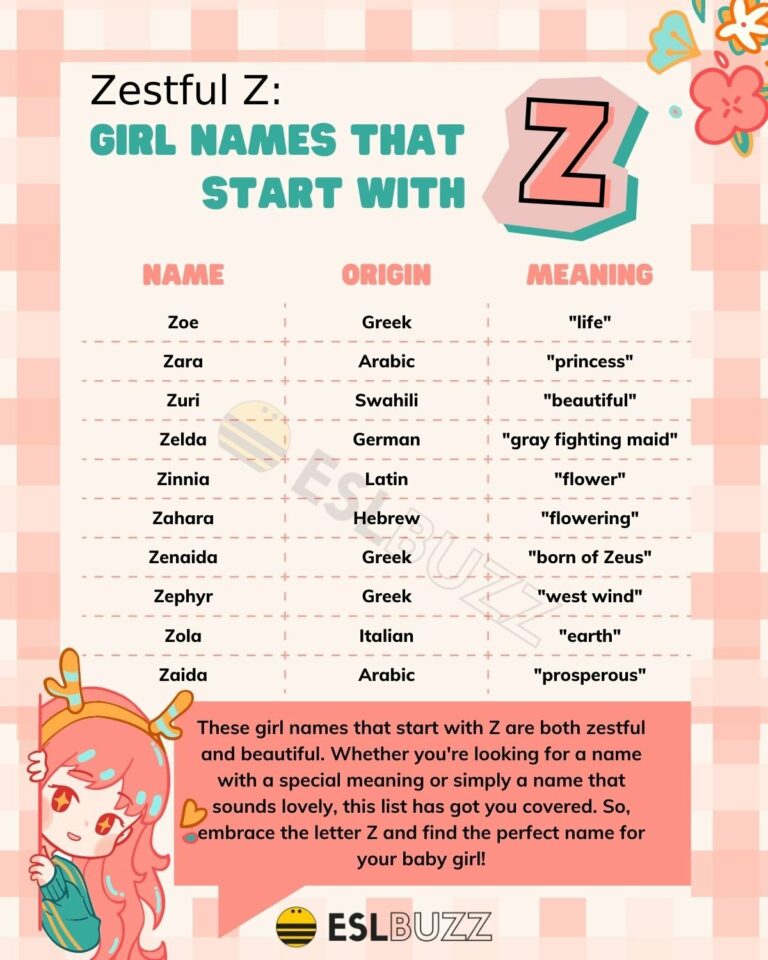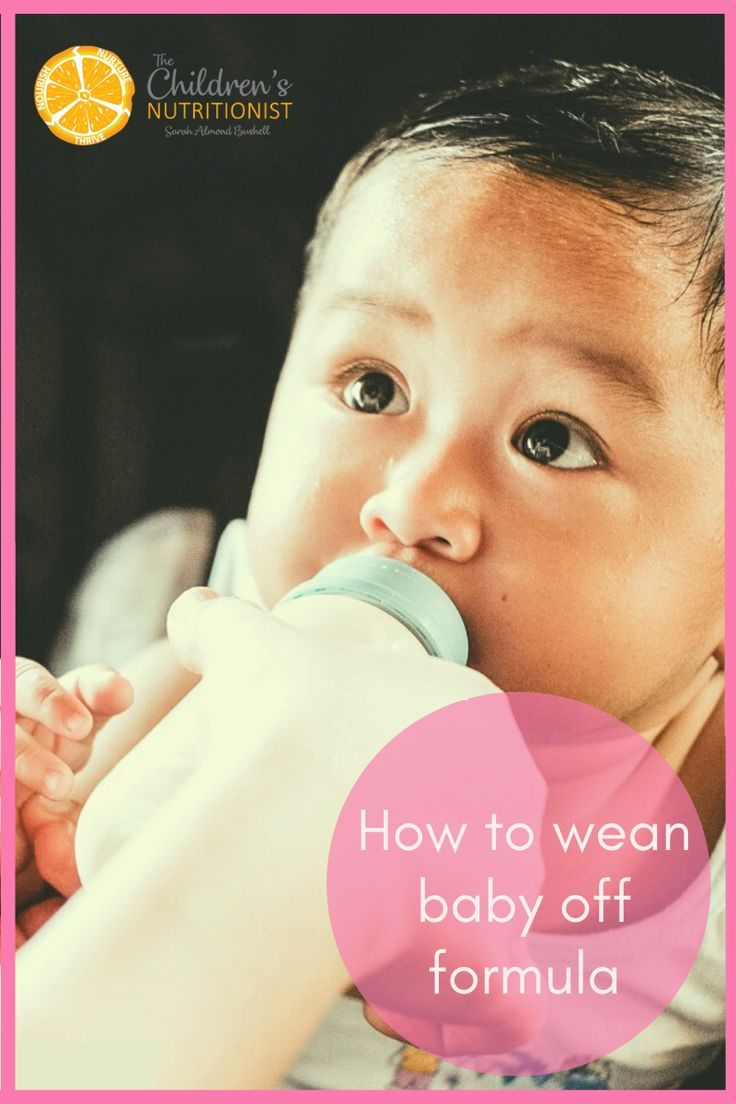When Can Baby Sleep With Lovey
As a parent, you want to ensure that your baby is comfortable and feels secure when it comes to bedtime. One common question that parents often ask is when can a baby sleep with a lovey. It’s important to understand the right time to introduce a lovey to your baby’s sleep routine to ensure their safety and well-being. In this article, we will delve into the topic of when can baby sleep with lovey, providing you with all the information you need to make an informed decision.
Knowledge
When it comes to introducing a lovey to your baby, it’s essential to consider their age and developmental stage. Experts recommend waiting until your baby is at least 12 months old before introducing a lovey into their sleep routine. By this age, most babies have developed the ability to self-soothe and are less likely to rely on external objects for comfort.
When choosing a lovey for your baby, opt for one that is small, soft, and safe. Avoid using items such as blankets or stuffed animals with small parts that could pose a choking hazard. It’s also important to ensure that the lovey is breathable and machine washable for easy cleaning.
Before placing the lovey in your baby’s crib, make sure to supervise them during naps and bedtime to ensure that they do not cover their face with the lovey. Once your baby is accustomed to having the lovey in their sleep environment, you can gradually transition to having it with them throughout the night.
It’s important to remember that every baby is different, and some may become attached to a lovey sooner or later than others. Pay attention to your baby’s cues and comfort level to determine if they are ready to sleep with a lovey.
Conclusion
Introducing a lovey to your baby’s sleep routine can provide them with comfort and security, helping them to self-soothe and sleep better. The ideal time to introduce a lovey is around 12 months of age when most babies have developed the ability to self-soothe.
Parents should choose a safe and appropriate lovey for their baby, ensuring that it does not pose a choking hazard and is easy to clean. By supervising your baby during naps and bedtime, you can ensure that they are safe while sleeping with a lovey.
In conclusion, knowing when your baby can sleep with a lovey is an important decision that can impact their sleep quality and comfort. By following the guidelines outlined in this article, you can make an informed choice that benefits both you and your baby.
Remember, every baby is different, so be patient and attentive to your baby’s needs as you introduce a lovey into their sleep routine.






